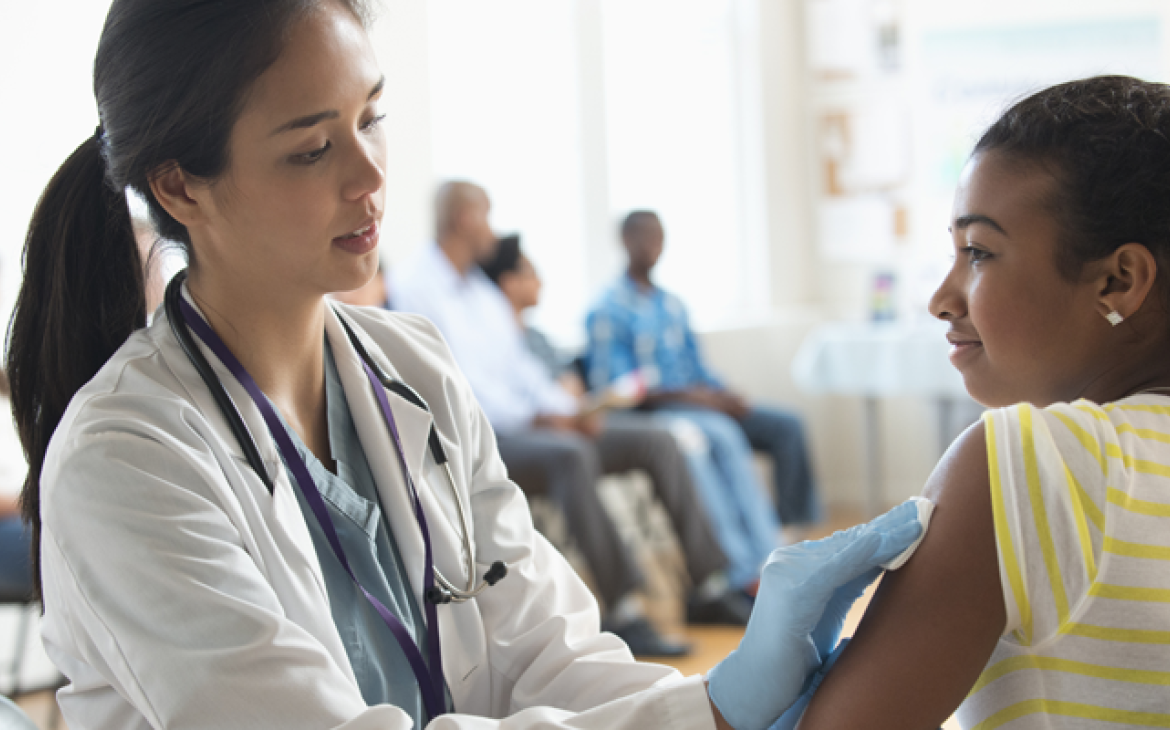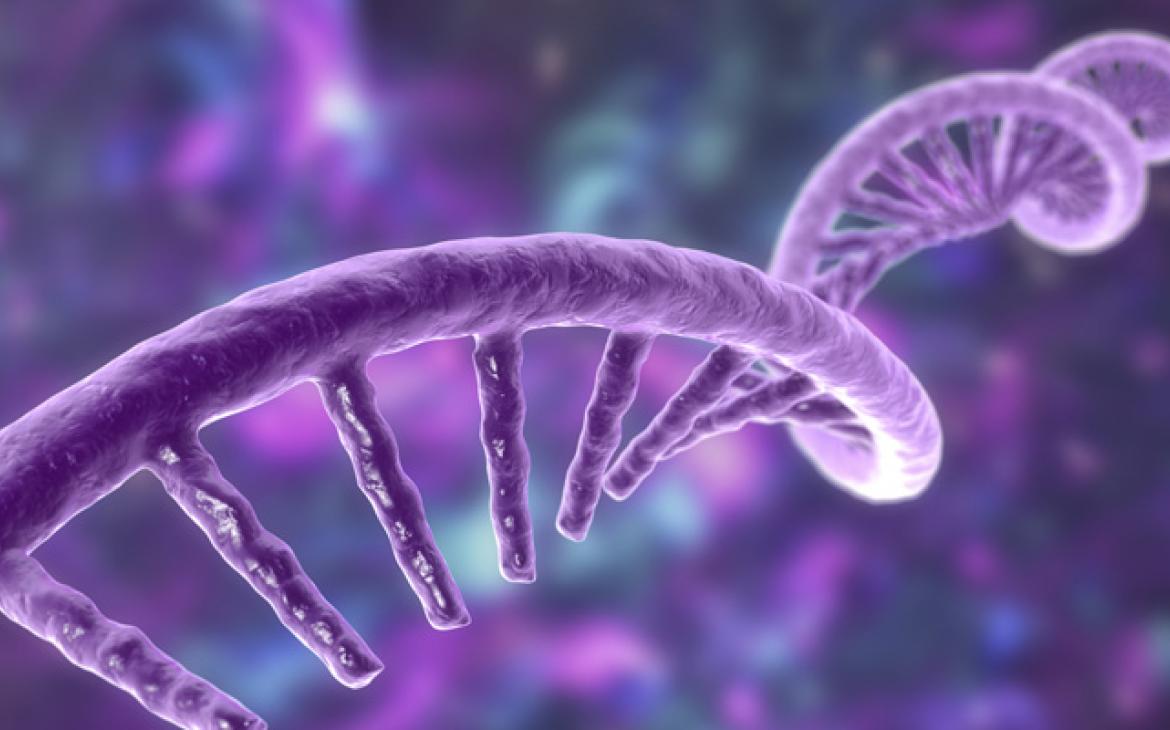
Biologic medicines – “biologics” for short. You’ve probably seen commercials for some of them on TV. Maybe you or someone you know is even taking one. But what exactly are they? And what about “biosimilars” ? You might also be wondering whether they’re safe and effective.
Read on to learn some of the basics about biologics, biosimilars and why patients taking them can be confident in their quality.
What are biologics?
Biologics are therapeutics with active ingredients made from or by a living organism. We sometimes think of them as new, cutting-edge medicines, but people have been using products from plants and animals to treat diseases for thousands of years. The advent of chemically synthesized pharmaceuticals early in the 20th century prompted the distinction of biologics as a separate category of therapeutics.
Biologics can be proteins, sugars, nucleic acids (DNA and RNA) or some combination of these. They can also be living entities, such as cells or tissues. Biologics can come from a variety of natural sources: human, animal, plant or microorganisms, such as bacteria and yeast. Types of biologics include hormone therapies, transplant tissues, monoclonal antibodies, vaccines and cell and gene therapies.
How do biologics work?
Different kinds of biologics exert their therapeutic effects in different ways.
Monoclonal antibodies, for example, are proteins produced in laboratories that, when introduced into a patient’s body, may find and destroy antigens that cause the disease (e.g., viruses, cancer cells). They can also help stimulate the body’s immune system to attack disease-causing cells or organisms.1
Gene therapy works by replacing or inactivating disease-causing genes. In some cases, gene therapy introduces a new, healthy gene into the patient’s body to treat a specific disease. This healthy gene may replace a damaged gene, inactivate a gene that isn’t functioning correctly or introduce an entirely new gene.2
Cell therapy refers to the process of putting new, healthy cells into the body to that may replace diseased or damaged cells or supplement the body’s existing cells. In some cases, cells are taken from a patient and then the genes in the cells are modified in a lab. The cells with modified genes are then returned to the patient’s body. Another kind of cell therapy uses stem cells, which can become different types of specialized cells (e.g., brain cells, heart muscle cells, bone cells), that can promote the repair of diseased, damaged or dysfunctional tissue in the body.
How are biologics different from conventional medicines?
Some of the ways biologics differ from traditional drugs can include: what they’re made of, the complexity of their molecular structures, how they’re made, and how their quality is evaluated and monitored.3
Many of the over-the-counter and prescription drugs that you may be familiar with are chemically synthesized. Chemicals are combined in very specific and controlled ways to produce molecules that exert a therapeutic effect. In comparison to biologics drugs, the size of the molecules are relatively small, hence this category of drugs are sometimes called “small molecule drugs.”
In addition to being derived from living organisms, biologics differ from small molecule drugs in other important ways. Because they come from living sources, there can be minor variations within the molecular structure of a biologic drug when the drug is produced. The molecules are also much larger and more complex. Biologic drugs may be more often administered by injection, infusion, or other routes of administration, whereas small molecule drugs can often be administered orally. The complexity of biologic drugs may also make them more fragile and require them to be maintained under tightly controlled conditions.
What are biosimilars?
Biosimilars, are a subset of biologic drugs, and are like generic drugs in that both are compared to an original reference product. They are nearly identical to an approved biologic medicine and have both the same mechanism of action and the same therapeutic effect as the reference product. According to the U.S. Food and Drug Administration (FDA), they are just as safe and effective as their reference product. They are made from the same types of source organisms as the reference biologic. They provide the same benefits when treating diseases or medical conditions. They are given at the same strength and dosage. And they are not expected to cause new or worse side effects.4
Developing, manufacturing, processing and purifying biologics is extremely complex. In addition to the complexity of the process, living, biological systems have inherent, naturally occurring variability. For example, cells sometimes make minor changes to a protein after it’s been made (post-translational modifications). One cell makes one kind of modification; another cell makes a slightly different modification. Consequently, there can be minor variations not only between a biosimilar and its reference product but also between different batches of the same biologic.
Manufacturers use multiple, advanced testing procedures to analyze and verify that a biosimilar doesn’t differ in any clinically meaningful way in its efficacy, safety, purity and potency when compared to the reference biologic. They must also demonstrate that the variability between different batches of a biosimilar is comparable to the variability seen with the reference product.
Biosimilars may also be less expensive than biologics and provide market alternatives.
How is the quality of biologics, including biosimilars, ensured?
All biologic products, including biosimilars, that are marketed in the U.S. are approved, monitored and regulated by the FDA. They undergo extensive and rigorous evaluation to meet exacting manufacturing and regulatory requirements. Manufacturers must provide the FDA with data that includes results from analytical, preclinical and clinical development studies. Testing methods are validated to ensure they are reproducible and suitable for their intended purpose. Physical, chemical, biological and microbiological properties and characteristics are checked to make sure they’re within acceptable limits.
Manufacturers can use standards to help verify their testing methods are working as they should and provide a benchmark for them to compare their sample test results against. Organizations like the U.S. Pharmacopeia (USP) are working with manufacturers and regulatory agencies to develop standards that help address some of the most challenging aspects of developing and manufacturing biologics, including biosimilars. Such concerted efforts will safeguard the quality of biologics, including biosimilars, for patients and help bring more advanced therapies to market.
To learn more about USP and how we support the development and manufacture of biologics, including biosimilars, please visit usp.org/biosimilars.
Download the Biosimilars Infographic
1 https://my.clevelandclinic.org/health/treatments/22246-monoclonal-antib…
2 https://my.clevelandclinic.org/health/treatments/17984-gene-therapy
3 https://www.fda.gov/about-fda/center-biologics-evaluation-and-research-…
4 https://www.fda.gov/drugs/biosimilars/biosimilars-basics-patients


